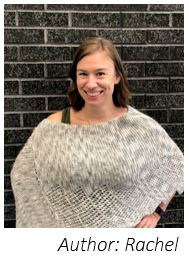The Art of the Semi-Structured Interview Part 2: Tips for a Successful Interview
In Part 1 of this blog series, I discussed how to develop an effective semi-structured interview protocol. In it, I gave pointers on developing your questions and your probing questions, and testing these with someone to ensure that they make sense. Here, I would like to turn to the interview itself, and provide you with some tips and tricks to get the most out of your interviews.
A semi-structured interview can feel unnatural and even uncomfortable. This does not necessarily have anything to do with the topic of the interview, or the extent to which you are prepared. This is a function of the way that this type of conversation is structured. An interview is a conversation, but it is one in which you will ask questions and your research participant will provide answers. You will likely feel a desire to respond to your participants’ comments. You might want to add your own perspectives, or converse with them. While we do this over the course of a conversation with a friend at a coffee shop or over the phone, do not do this in an interview.
When we add our own thoughts and ideas into an interview, we also influence our participants. We can put words into their mouths and thoughts into their brains that would not otherwise arise over the course of the interview. Such influence may be of no consequence, but the worst-case scenario is that this impacts for the validity of the data. As a qualitative researcher and analyst who works regularly with textual data, I have seen great interviews and not-so-great interviews. The best interview transcripts that I have seen are those where the interviewer has clear interview questions and probing follow-up questions; they ask those and then sit back and let the participant speak. The worst that I have seen is where the researcher does all the talking, and the participant says very little; the data that are generated from these interviews cannot be used.
The goal of your interviews is to get rich, quality data that comes from the mouth of your participants. This is a bit of a balancing act. It might not feel natural to sit, stay quiet, nod, and make notes as your participant is talking, and only increase the amount that you speak if you are receiving short answers. If you can fight that urge to chat, though, I promise that your interviews will be more successful, and the data will yield better results.

We work with graduate students every day and know what it takes to get your research approved.
- Address committee feedback
- Roadmap to completion
- Understand your needs and timeframe
